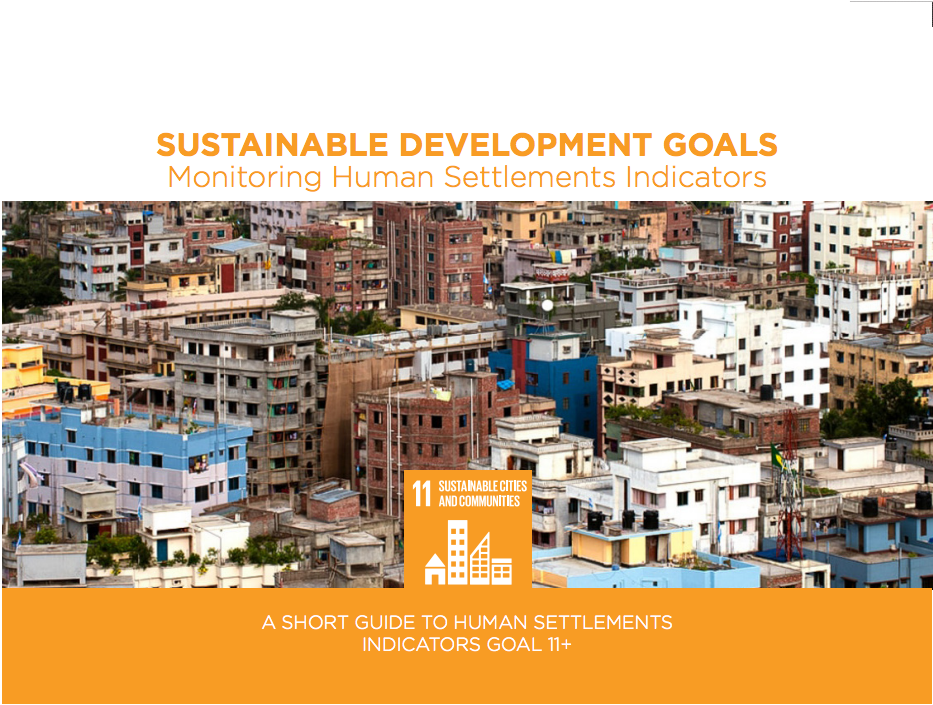zona urbana
AGROVOC URI:
Evaluation of land cover classification based on multispectral versus pansharpened landsat ETM+ imagery
Land cover generated from satellite images is widely used in many real-world applications such as natural resource management, forest type mapping, hydrological modeling, crop monitoring, regional planning, transportation planning, public information services, and so on. Moreover, land cover data are one of the primary inputs to many geospatial models.
Habitats of Suburban Barred Owls (Strix varia) and Red-Shouldered Hawks (Buteo lineatus) in Southwestern Ohio1
Little is known about the habitat and ecology of suburban Barred Owls (Strix varia), a species sometimes considered the nocturnal equivalent of Red-shouldered Hawks (Buteo lineatus). We compared nesting habitat of Barred Owls to that of Red-shouldered Hawks nesting in suburban and urban areas, in and near the city of Cincinnati, Ohio, to determine whether any features distinguished owl nest sites from hawk nest sites.
Stormwater ponds can contain comparable biodiversity to unmanaged wetlands in urban areas
Urban freshwaters provide a range of ecosystem services, including stormwater management, water treatment, biodiversity, and aesthetics. Management of freshwaters should aim to maximise as many of these services as possible, but managers are often focused on individual services. To test for the biodiversity value of stormwater management ponds (SMPs) in Ottawa, Canada, 20 SMPs were surveyed for macroinvertebrates using standardised sampling techniques.
Scale Effects on Spatially Varying Relationships Between Urban Landscape Patterns and Water Quality
Scientific interpretation of the relationships between urban landscape patterns and water quality is important for sustainable urban planning and watershed environmental protection.
Land-cover classification of an intra-urban environment using high-resolution images and object-based image analysis
Detailed, up-to-date information on intra-urban land cover is important for urban planning and management. Differentiation between permeable and impermeable land, for instance, provides data for surface run-off estimates and flood prevention, whereas identification of vegetated areas enables studies of urban micro-climates. In place of maps, high-resolution images, such as those from the satellites IKONOS II, Quickbird, Orbview and WorldView II, can be used after processing.
Land Use Effects on Mangrove Nutrient Status in Phang Nga Bay, Thailand
Tropical mangrove forests can play an important role in the functioning of adjacent marine ecosystems, by protecting them from an excess in land‐derived sediment and nutrients. The strength of this interaction may however depend on the nutrient status of the mangrove forest. This study related the nutrient status of eight mangrove forests in Phang Nga Bay (Thailand) to the land‐cover distributions in the upstream catchment areas.
Micro-scale urban surface temperatures are related to land-cover features and residential heat related health impacts in Phoenix, AZ USA
CONTEXT: With rapidly expanding urban regions, the effects of land cover changes on urban surface temperatures and the consequences of these changes for human health are becoming progressively larger problems. OBJECTIVES: We investigated residential parcel and neighborhood scale variations in urban land surface temperature, land cover, and residents’ perceptions of landscapes and heat illnesses in the subtropical desert city of Phoenix, AZ USA.
Spatial and temporal patterns of range expansion of white‐winged doves in the USA from 1979 to 2007
AIM: The geographical expansion of white‐winged doves (Zenaida asiatica) in North America has attracted the attention of biologists and sportsmen because of their recreational and aesthetic value; however, data on factors driving the spatial spread of this species are lacking. We examined spatial and temporal patterns of range expansion for white‐winged doves along the northern edge of their geographical range from 1979 to 2007 and used a dynamic occupancy model to estimate when and where doves would be found along an expansion gradient. LOCATION: Southern half of the USA.
Humans, bees, and pollination services in the city: the case of Chicago, IL (USA)
Despite the global trend in urbanization, little is known about patterns of biodiversity or provisioning of ecosystem services in urban areas. Bee communities and the pollination services they provide are important in cities, both for small-scale urban agriculture and native gardens. To better understand this important ecological issue, we examined bee communities, their response to novel floral resources, and their potential to provide pollination services in 25 neighborhoods across Chicago, IL (USA).
Urban expansion into a protected natural area in Mexico City: alternative management scenarios
Land use change is one of the main stress factors on ecosystems near urban areas. We analysed land use dynamics within Xochimilco, a World Heritage Site area in Mexico City. We used satellite images and GIS to quantify changes in land use/land cover (LULC) from 1989 to 2006 in this area, and a Markov projection model to simulate the impact of different management scenarios through to 2057. The results show an alarming rate of urbanisation in 17 years. LULC change runs in one direction from all other land use categories towards urban land use.
Sustainable Development Goals: Monitoring Human Settlements Indicators
Today, more than half the world’s population lives in cities. By 2030, it is projected that 6 in 10 people will be urban dwellers. By 2050, the figure will have risen to 6.5 billion people; representing two-thirds of all civilization. Taking into account the increasing rural to urban migration and the rapid growth of cities in the developing world, it is clear that cities face a myriad of problems that may hinder planned growth and development.


